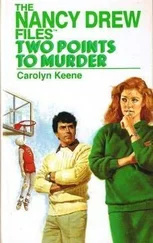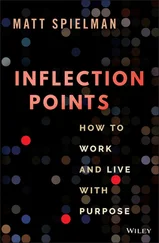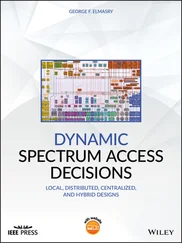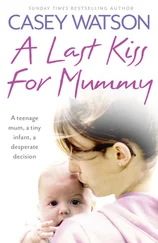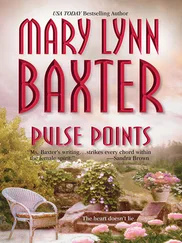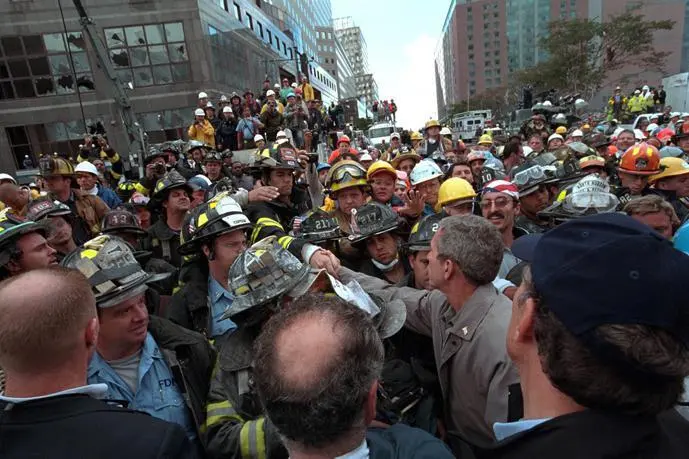
With rescue workers amid the wreckage of the towers. White House/Eric Draper
After a few minutes, the mood started to turn. One soot-covered firefighter told me that his station had lost a number of men. I tried to comfort him, but that was not what he wanted. He looked me square in the eye and said, “George, find the bastards who did this and kill them.” It’s not often that people call the president by his first name. But that was fine by me. This was personal.
The more time I spent with the workers, the more raw emotions rose to the surface. To most of these men and women, I was a face they had seen on TV. They didn’t know me. They hadn’t seen me tested. They wanted to make sure I shared their determination. One man yelled, “Do not let me down!” Another shouted straight at my face, “Whatever it takes!” The bloodlust was palpable and understandable.
Andy Card asked if I wanted to say something to the crowd. I decided I should. There was no stage, no microphone, and no prepared remarks. Andy pointed me to a mound of metal. I looked at Secret Service agent Carl Truscott, who nodded that it was safe to climb up. An older firefighter was standing atop the pile. I put out my hand, and he pulled me up next to him. His name was Bob Beckwith.
Nina Bishop, a member of the advance team, had tracked down a bullhorn that I could use to address those assembled. She thrust it into my hands. The crowd was able to see me atop the mound, which I later learned was a crumpled fire truck. My first instinct was to console. I told them that America was on bended knee in prayer for the victims, the rescuers, and the families.
People shouted, “We can’t hear you.” I shot back, “I can hear you!” It got a cheer. I had been hoping to rally the workers and express the resolve of the country. Suddenly I knew how. “I can hear you. The rest of the world hears you,” I said, prompting a louder roar. “And the people who knocked these buildings down will hear all of us soon!” The crowd exploded. It was a release of energy I had never felt before. They struck up a chant of “USA, USA, USA!”

I had spent a fair amount of time in New York over the years. But it wasn’t until September 14, 2001, that I got a sense of the city’s real character. After the visit to Ground Zero, we drove three miles north to the Javits Center. I was amazed by the number of people on the West Side Highway waving flags and cheering. “I hate to break it to you, Mr. President,” Rudy joked, “but none of these people voted for you.”
At the Javits Center, I walked into a staging area for first responders from across the country. I greeted firemen and rescuers from states as far away as Ohio and California. Without being asked, they had come to the city to serve as reinforcements. I thanked them on behalf of the nation and urged them to continue their good work.
The building’s parking garage had been converted into a gathering place for about two hundred family members of missing first responders. The people in the room spanned all ages, from elderly grandmothers to newborn babies. Many were living the same nightmare: Their loved ones had last been seen or heard near the World Trade Center. They wanted to know if they had survived.
I had just seen the debris of the towers. I knew it would be a miracle if anyone emerged. Yet the families refused to give up hope. We prayed together and wept together. Many people asked for pictures or autographs. I felt awkward signing autographs in a time of grief, but I wanted to do anything I could to ease their pain. I asked each family to tell me a little bit about their missing loved one. Then I said, “I’ll sign this card, and then when your dad [or mom or son or daughter] comes home, they’ll believe that you really met the president.”
As I came to the last corner of the room, I saw a family gathered around a seated woman. I sat down next to the woman, who told me her name was Arlene Howard. Her son was a Port Authority police officer who’d had September 11 off but volunteered to help as soon as he heard about the attacks. He had last been seen rushing into the dust and smoke three days earlier.

With Arlene Howard. White House/Eric Draper
As I was getting ready to say goodbye, Arlene reached into her purse and held out her hand. It contained a metal object. “This is my son’s badge. His name is George Howard. Please remember him,” she said as she pressed the badge into my hand. I promised I would.

George Howard's badge. I still carry it today. White House/Eric Draper

I served 2,685 days as president after Arlene gave me that badge. I kept it with me every one of them. As the years passed, most Americans returned to life as usual. That was natural and desirable.
It meant the country was healing and people felt safer. As I record these thoughts, that day of fire is a distant memory for some of our citizens. The youngest Americans have no firsthand knowledge of the day. Eventually, September 11 will come to feel more like Pearl Harbor Day—an honored date on the calendar and an important moment in history, but not a scar on the heart, not a reason to fight on.
For me, the week of September 11 will always be something more. I still see the Pentagon smoldering, the towers in flames, and that pile of twisted steel. I still hear the voices of the loved ones searching for survivors and the workers yelling, “Do not let me down!” and “Whatever it takes!” I still feel the sadness of the children, the agony of the burn victims, and the torment of the broken families. I still marvel at the bravery of the firefighters, and the compassion of strangers, and the matchless courage of the passengers who forced down that plane.
September 11 redefined sacrifice. It redefined duty. And it redefined my job. The story of that week is the key to understanding my presidency. There were so many decisions that followed, many of them controversial and complex. Yet after 9/11, I felt my responsibility was clear. For as long as I held office, I could never forget what happened to America that day. I would pour my heart and soul into protecting the country, whatever it took.
*The source of the reporting, a foreign intelligence service, remains classified.

 n October 17, 2001, I boarded Air Force One for my first trip out of the country since 9/11. We were headed to Shanghai for the Asia Pacific Economic Cooperation summit, a gathering of twenty-one leaders from Pacific Rim nations. The Secret Service was anxious about the trip. For weeks, we had received chilling intelligence reports about potential follow-up attacks. Yet strengthening America’s relationships in the Far East was one of my top priorities, and I wanted my fellow world leaders to see firsthand my determination to battle the terrorists.
n October 17, 2001, I boarded Air Force One for my first trip out of the country since 9/11. We were headed to Shanghai for the Asia Pacific Economic Cooperation summit, a gathering of twenty-one leaders from Pacific Rim nations. The Secret Service was anxious about the trip. For weeks, we had received chilling intelligence reports about potential follow-up attacks. Yet strengthening America’s relationships in the Far East was one of my top priorities, and I wanted my fellow world leaders to see firsthand my determination to battle the terrorists.
As Air Force One touched down at the Shanghai airport, I thought back to the dusty, bicycle-filled city I had visited with Mother in 1975. This time we made the forty-five-minute drive to downtown Shanghai on a modern highway. We sped past a sparkling new section of the city called Pudong. I later learned the government had moved roughly one hundred thousand people off the land to enable the construction. The skyscrapers and neon lights reminded me of Las Vegas. For Shanghai, the Great Leap Forward had finally arrived.
Читать дальше






 n October 17, 2001, I boarded Air Force One for my first trip out of the country since 9/11. We were headed to Shanghai for the Asia Pacific Economic Cooperation summit, a gathering of twenty-one leaders from Pacific Rim nations. The Secret Service was anxious about the trip. For weeks, we had received chilling intelligence reports about potential follow-up attacks. Yet strengthening America’s relationships in the Far East was one of my top priorities, and I wanted my fellow world leaders to see firsthand my determination to battle the terrorists.
n October 17, 2001, I boarded Air Force One for my first trip out of the country since 9/11. We were headed to Shanghai for the Asia Pacific Economic Cooperation summit, a gathering of twenty-one leaders from Pacific Rim nations. The Secret Service was anxious about the trip. For weeks, we had received chilling intelligence reports about potential follow-up attacks. Yet strengthening America’s relationships in the Far East was one of my top priorities, and I wanted my fellow world leaders to see firsthand my determination to battle the terrorists.


